Maze Bazics: Zero Maze – What is it and what does it do?
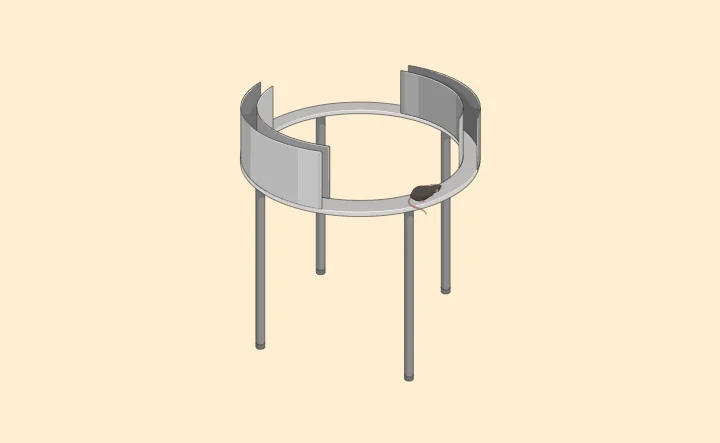
Introduction What is? How to use? What’s it Usded for? Conclusion References Introduction The study of anxiety and related behaviors in animals, particularly rodents, is a crucial aspect of neuroscience and behavioral research. One of the most effective and widely used tools in this domain is the Zero Maze. This innovative apparatus allows researchers to […]
Maze Bazics: Assessing Anxiety and Stress: The Light/Dark Box Paradigm
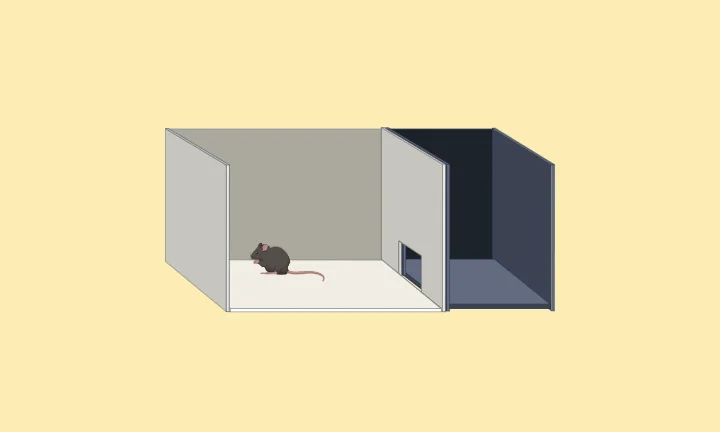
Introduction Utility Procedures Parameters Factors Conclusion References Introduction The light/dark box paradigm, first introduced by Crawley and Goodwin in 1980, is a behavioral test designed to evaluate anxiety-like behavior and stress responses in rodents [1]. This test capitalizes on the natural aversion of rodents to brightly illuminated, open spaces, which they perceive as potentially dangerous, […]
Maze Bazics: Exploring the Rotarod Test
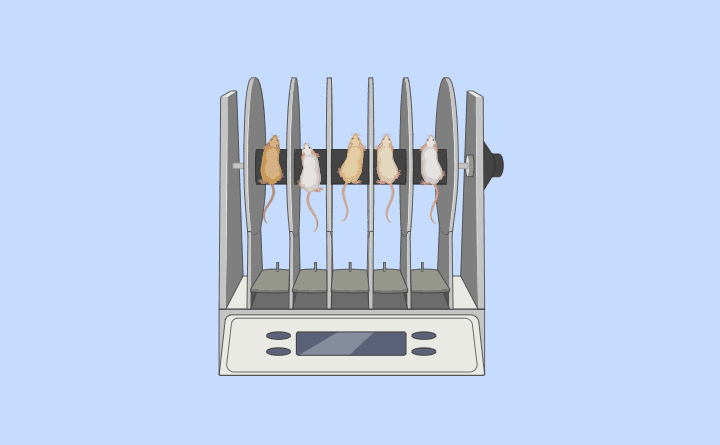
Introduction Understanding Assessing Performance Aplications Challenges and Considerations Conclusion Introduction The rotarod test for mice is a great way to test for strength and balance (especially for screening side effects of drugs in preclinical tests).This simple yet powerful tool has led to many discoveries in brain science and medicine, helping to understand neurological disorders and […]
Citation Management in Overleaf and RStudio: Mastering Tools and Tips with CiteDrive

Introduction About BibTeX, LaTeX and Overleaf R Markdown and Quarto Why? CiteDrive Future References Introduction Mastering citation management is crucial for researchers for several reasons. First, it upholds academic integrity and helps avoid plagiarism by ensuring that original authors are credited for their ideas, data, and findings. This practice is essential to maintaining the credibility […]
Maze Bazics: The 8 Arm Radial Maze
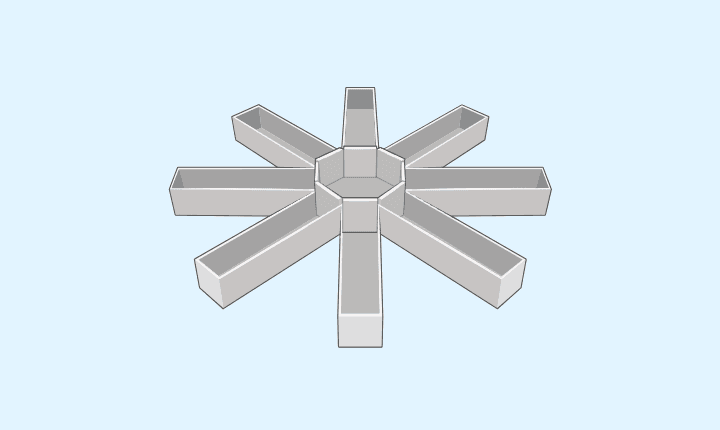
Introduction Design Types of Experiments Conclusion References Introduction The 8-arm radial maze is a widely used experimental apparatus in behavioral neuroscience and psychology, designed to study spatial learning and memory in rodents, primarily rats and mice. This maze consists of a central platform from which eight arms radiate outwards like the spokes of a wheel. […]
Maze Bazics: Exploring the Morris Water Maze
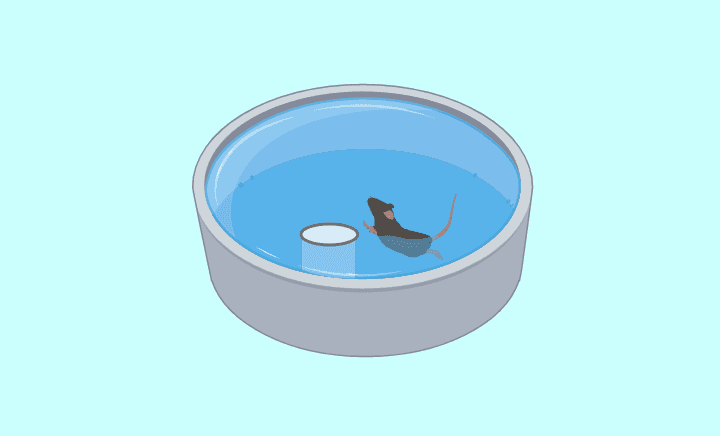
Introduction Genesis Spatial Learning & Memory Guide Conclusion References Introduction Imagine you’re in a pool, but this isn’t just any pool—it’s a pool with a twist. Instead of leisurely swimming, you’re on a mission to find something hidden beneath the surface. Welcome to the Morris Water Maze (MWM), a unique tool used by scientists to […]
Crafting Custom Microfluidic Chips: A Step-by-Step Guide
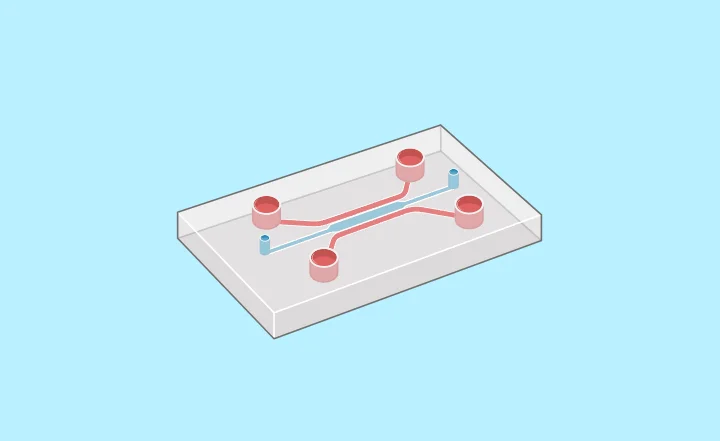
Introduction Microfluidic technology has revolutionized the way researchers manipulate and analyze fluids at the microscale, offering unprecedented control and precision. Custom microfluidic chips, tailored to specific experimental needs, play an important role in advancing research in fields ranging from biology to chemistry. In this blog, we’ll walk you through the process of crafting your own […]
Custom Microfluidic Chips – Their Applications

Introduction Microfluidic chips stand out as miniature wonders, enabling precise manipulation and analysis of fluids at the microscopic level. These tiny devices, often built with precise engineering, have transformed various fields, from biotechnology to materials science [1][2]. In this blog, ConductScience will delve into the intricacies of making custom microfluidic chips, exploring their uses, fabrication […]
Popular tools for Photostimulation

Introduction: In neuroscience, understanding the brain’s intricate workings relies not only on anatomical insights but also on the ability to manipulate neuronal activity precisely. Optogenetics has emerged as a powerful technique, shedding light on neural circuit dynamics with remarkable precision. Choosing the right photostimulation tools from many options can be tough. In this article, we’ll […]
